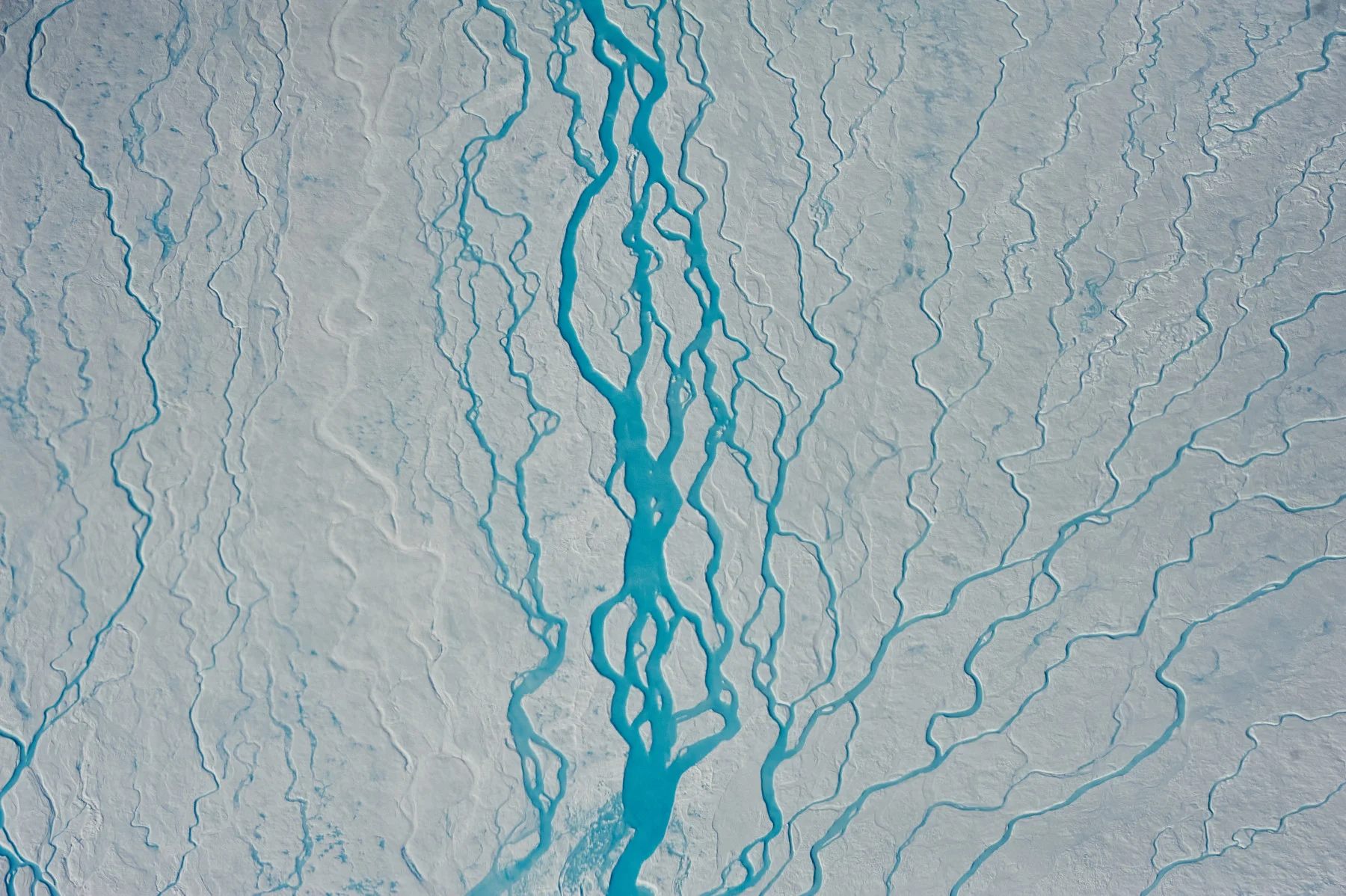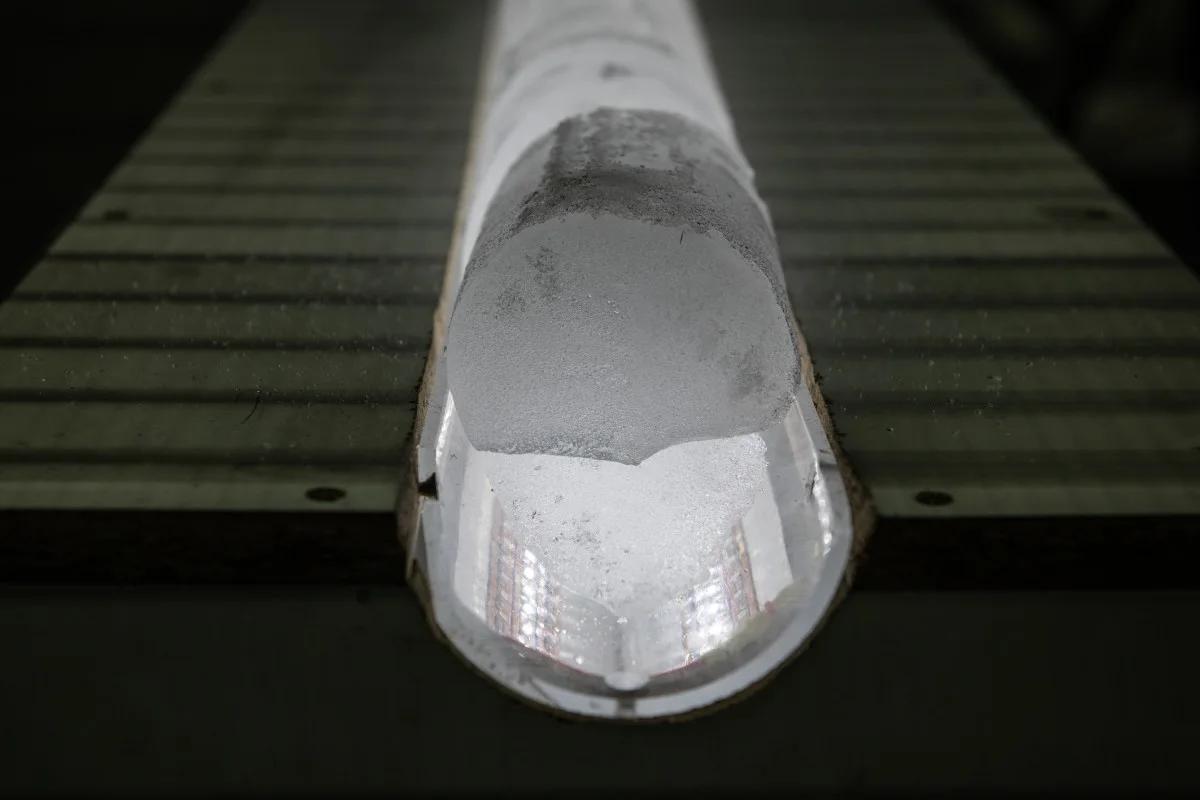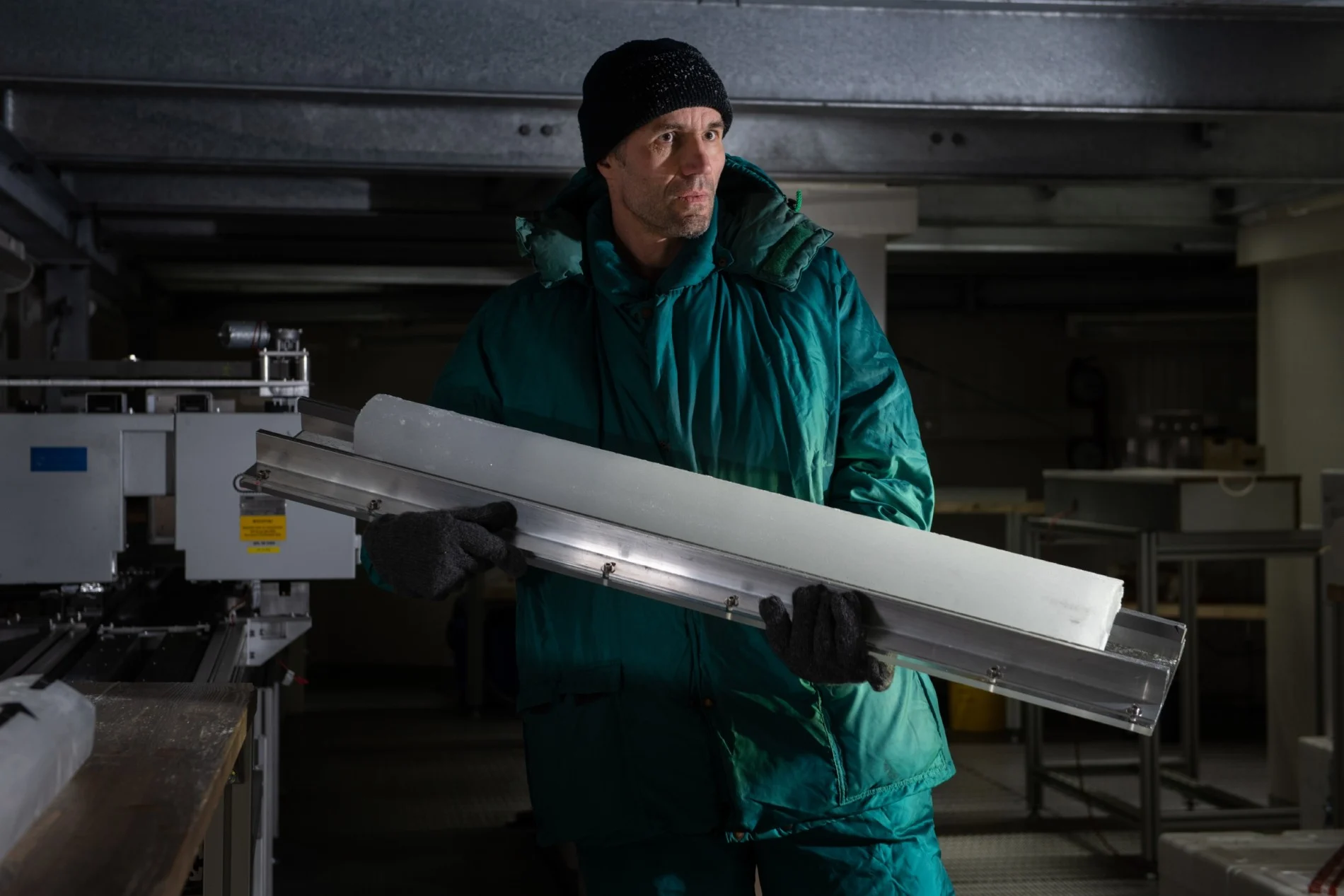
Greenland Ice Sheet experiencing warmest temperatures in 1,000 years, study says
Although natural climate variability is playing a role, scientists confirm that the impact of human-released greenhouse gases is causing a dramatic rise in temperatures around the Greenland Ice Sheet.
The Greenland Ice Sheet is the second-largest ice sheet on Earth and plays an essential role in moderating the global climate. Despite its vast size and remote northern location, a new study published in Nature reports that “exceptional” warming has been detected in central-north Greenland with temperatures from 2001-2011 being the warmest they had ever been in the past 1,000 years.
In 2011 and 2012 ice cores of “unprecedented length and quality” were drilled and extracted in central-north Greenland so scientists could model what the climate in this region looked like from 1000-2011. These new ice cores would fill knowledge gaps caused by data limitations from previous samples and regional weather stations that only provide around 200 years of data.

Cut surface of a polar ice core on the light table in the Alfred Wegener Institute (AWI) ice laboratory. (Esther Horvath)
The ice core data revealed that warming regional temperatures began diverging from natural variations in the climate in the early- to mid-1900s. “Pronounced” natural variability was found in the data, meaning that non-human forces such as changes in the Earth’s orbit caused the global climate to stray from its normal conditions, but recent temperatures in Greenland were made even more unusual by anthropogenic pollution.
Based on the ice core data, the average temperature from 2001-2011 was 1.7°C warmer than the average temperature from 1961-1990, and 1.5°C warmer than the 1900s.

Melt ponds at the Greenland’s Ice sheet margin, flight to Kangerlussuaq, end of June 2012. (Sepp Kipfstuhl)
“Although grimly expected in the light of global warming, we were surprised by how evident this difference really was,” Dr. Maria Hörhold, lead author of the study, said in a press release.
The study also attributed the significant meltwater run-off to the human-released greenhouse gas emissions and warned that the shrinking size of the ice sheet will only further accelerate future mass loss. According to the National Snow and Ice Data Center (NSIDC), sea levels would rise by approximately 7.4 metres if the entire Greenland Ice Sheet melted.
See also: Zombie ice from Greenland could dangerously increase rising sea levels
Another unique yet concerning finding from the study is that the climate of the Greenland Ice Sheet, specifically central regions, is behaving differently than the rest of the Arctic.
One explanation that the researchers noted is the massive thickness of the ice sheet, which is several kilometres tall at the thickest section, makes Greenland more vulnerable to changes in atmospheric circulation patterns than other northern regions. More climate data on the overall Arctic is also needed to more accurately describe the recent changes the landscape is experiencing.

Glaciologist Johannes Freitag in the AWI ice laboratory with ice core at the saw stand. (Esther Horvath)
“Our findings demonstrate that recent temperatures in central and north Greenland are higher than in the past 1,000 years and thus demonstrate that global warming is now also detectable in one of the most remote regions in the world. Likewise, meltwater run-off observed today is probably unprecedented over the past millennium,” the study concluded.
Thumbnail image: Rivers of meltwater in the ablation zone of Greenland's Ice sheet, flight from Kangerlussuaq to Dye 3, July 2012. (Sepp Kipfstuhl)












